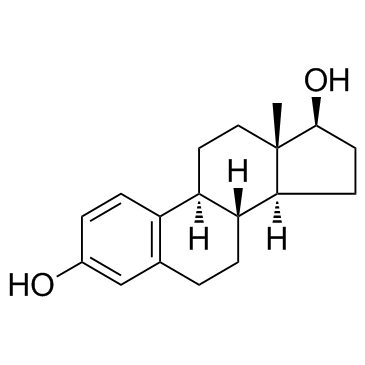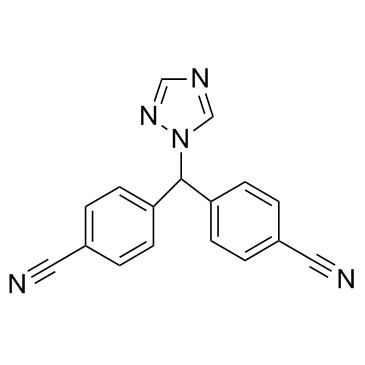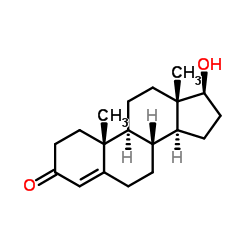| Structure | Name/CAS No. | Articles |
|---|---|---|
 |
beta-Estradiol
CAS:50-28-2 |
|
 |
Letrozole
CAS:112809-51-5 |
|
 |
Testosterone
CAS:58-22-0 |